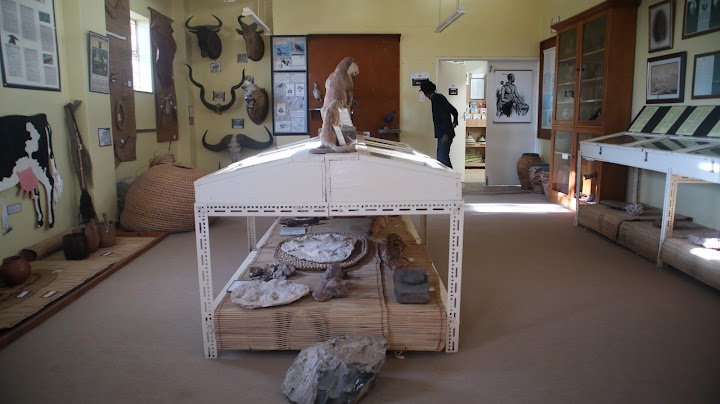Info
20 Things You Should Know About the Morija Museum

The Morija Museum, located in Lesotho’s historic town of Morija, is a vibrant cultural institution that preserves and showcases the rich heritage of the Basotho people. Here are 20 essential facts about this remarkable museum:
- Historical Significance: Established in 1990, the Morija Museum is situated in one of the oldest towns in Lesotho, which was founded in the 1830s.
- Cultural Heritage: The museum’s mission is to preserve and promote the cultural heritage of Lesotho, focusing on the history, traditions, and art of the Basotho people.
- Architectural Style: The museum is housed in a beautifully restored building that reflects traditional Basotho architectural styles, providing visitors with an authentic cultural experience.
- Permanent Exhibitions: The museum features several permanent exhibitions showcasing artifacts, traditional crafts, and historical documents related to the Basotho culture.
- Temporary Exhibitions: In addition to its permanent collection, the museum hosts temporary exhibitions that highlight contemporary issues, art, and the work of local artists.
- Educational Programs: The Morija Museum offers educational programs and workshops for schools and communities, promoting awareness of Basotho history and culture among younger generations.
- Art Collection: The museum houses a significant collection of traditional and contemporary Basotho art, including pottery, weaving, and beadwork.
- Research Center: The museum serves as a research center, providing resources for scholars and students interested in studying Basotho history and culture.
- Cultural Events: The museum organizes various cultural events throughout the year, including traditional music and dance performances, which engage the local community and visitors alike.
- Public Library: The Morija Museum features a small public library that contains books and resources related to Lesotho’s history and culture, available for public use.
- Local Collaborations: The museum collaborates with local artisans and craftspeople to promote traditional crafts, providing them with a platform to showcase their work.
- Visitor Experience: Visitors can enjoy guided tours of the museum, which offer in-depth insights into the exhibits and the history of the Basotho people.
- Community Engagement: The museum actively engages with the local community, encouraging participation in cultural preservation and educational initiatives.
- Heritage Conservation: The Morija Museum plays a crucial role in the conservation of Lesotho’s intangible cultural heritage, including traditional music, oral histories, and folklore.
- Research Publications: The museum publishes research papers and reports on various aspects of Basotho culture and history, contributing to academic discourse.
- Breathtaking Location: Situated in the picturesque Morija valley, the museum offers stunning views of the surrounding mountains, making it a scenic destination for visitors.
- Museum Shop: The museum has a gift shop where visitors can purchase locally made crafts, souvenirs, and books about Basotho culture and history.
- Cultural Diplomacy: The Morija Museum acts as a cultural ambassador for Lesotho, fostering international relationships through exhibitions and cultural exchanges.
- Volunteering Opportunities: The museum offers opportunities for local and international volunteers to contribute to its programs and initiatives, enhancing their cultural understanding.
- Support for Sustainable Tourism: By promoting cultural heritage and local artisans, the Morija Museum supports sustainable tourism, benefiting the local economy and preserving traditions.
The Morija Museum is more than just a repository of artifacts; it is a living celebration of Basotho culture and heritage. By visiting, you support the preservation of Lesotho’s rich history while gaining a deeper understanding of its people and traditions. Whether you’re a local or a traveler, the museum is a must-visit destination that promises to enrich your cultural experience.




